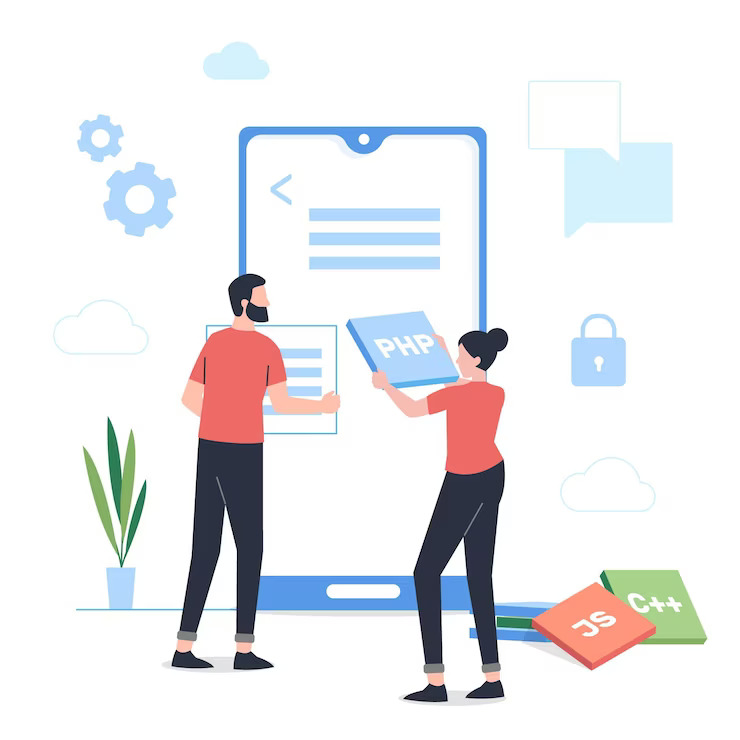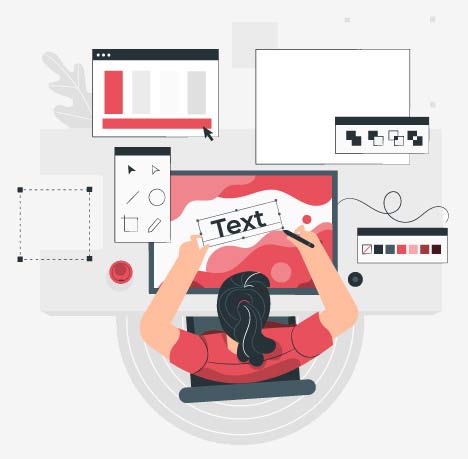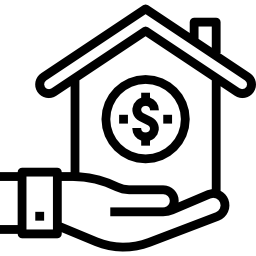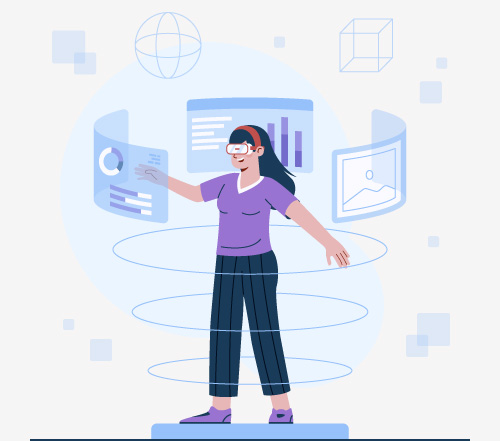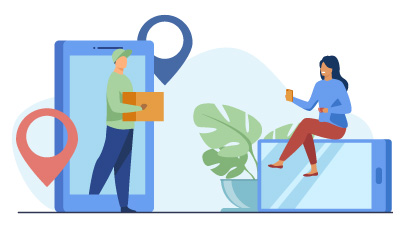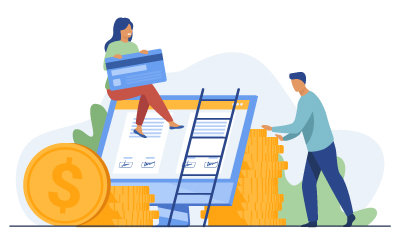SaaS means Software as a Service, which includes cloud-based models accessed by the users via internet. It helps in eliminating the requirement of installing and maintaining the software, when all the required resources are offered by SaaS providers.
There are various stages included in SaaS development. The team begins by making analyses of needs and goals of software application. After that the solution is designed and architected, considering some key factors like security, usability and scalability. After design finalization, developers write code and imply the application functionality.
Accessibility is one of the significant benefits of SaaS software development. The users have the benefit of accessing the system or solution from any device just using an internet connection. It allows them to work remotely and collaborate efficiently. SaaS applications have the easy scalability that accommodate the user demands without requiring any major investments from the customers.
Software development also provides the advantages of updates and maintenance. The SaaS provider has the responsibility of ensuring the availability, performance and security of the software. It includes bug fixes, regular software updates, and data backups, giving relief to the customers of such tasks and letting them focus on the main business activities.
The subscription based pricing model offers the customers the benefits of cost effectiveness and flexibility. Customers need to pay only a recurring fee based on the usage rather than making large upfront investments. It gives the businesses the benefit of affordability irrespective of their sizes in order to access the advanced software applications.
and reduced maintenance burden. As businesses significantly embrace cloud based systems, SaaS software development is important to meet the evolving requirements and driving dgIn summary, SaaS software development changes the way the software is utilized and delivered.
With the help of cloud computing technologies and leveraging the internet, it provides flexibility, scalability, cost effectiveness and reduced maintenance burden. As businesses significantly embrace cloud based systems, SaaS software development is important to meet the evolving requirements and drive digital transformation.










